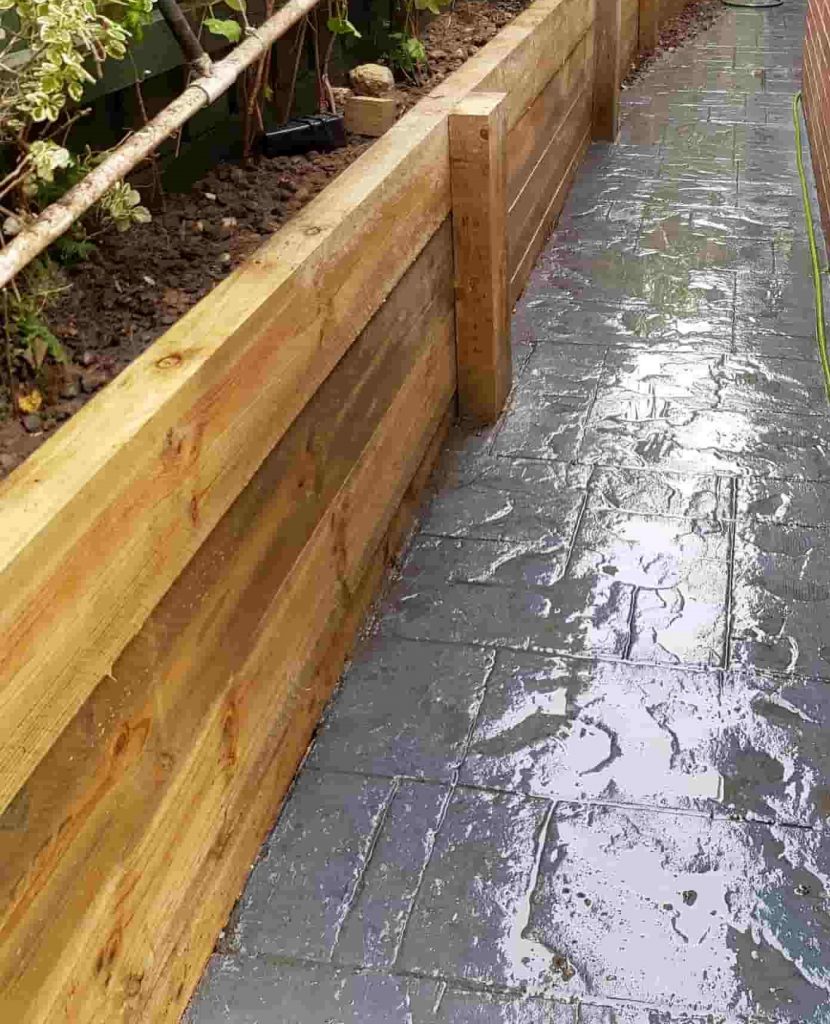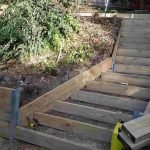Introduction
As winter season approaches, it's vital to guarantee your residential or commercial property is all set for the cold months ahead. One often-overlooked element of winter season preparation is the upkeep of your walls, particularly if you have keeping structures on your property. Whether you're looking at timber sleeper retaining walls, concrete sleeper alternatives, or perhaps traditional brick and stone retaining walls, understanding how to take care of these structures is essential. In this short article, we will explore expert suggestions on preparing your home for winter and preserving your walls year-round in Melbourne.
Preparing Your Home for Winter Season: Tips from Expert Installers on Keeping Your Walls Year-Round in Melbourne
When it comes to preparing your residential or commercial property for winter, lots of property owners concentrate on their roofings, seamless gutters, and heating unit. Nevertheless, the condition of your maintaining walls plays an equally crucial role in safeguarding your home versus severe weather. Here's what you require to understand:
Understanding Maintaining Walls
What Are Keeping Walls?
Retaining walls are structures developed to hold back soil and prevent disintegration. They can be made from different products, consisting of:
- Timber Concrete Brick Stone
Whether you choose a retaining wall contractor or a retaining wall builder, comprehending the function and function of these structures is vital.
Why Are Maintaining Walls Important?
Retaining walls not only boost the visual appeal of your home however also serve a useful function. They assist handle water runoff and prevent soil disintegration during heavy rains-- common events throughout Melbourne's winter months.
Choosing the Right Retaining Wall
Types of Maintaining Walls
Selecting the proper kind of retaining wall depends largely on your particular requirements. Below are some popular options:
Timber Sleeper Retaining Wall
Ideal for gardens and landscaped locations, timber sleeper walls offer a natural appearance but need regular maintenance.
Concrete Sleeper Retaining Wall
Known for sturdiness, concrete sleeper walls are ideal for high-load applications but can be more expensive.
Brick Keeping Wall
A timeless choice that uses strength and aesthetic appeal; however, they may require more detailed installation.
Stone Retaining Wall
Providing a rustic beauty, stone walls blend well with natural landscapes but can be labor-intensive to install.
Winter Preparations for Different Types of Retaining Walls
Maintenance Tips for Timber Sleeper Retaining Walls
Timber sleeper retaining walls require unique attention as they can warp or rot when exposed to moisture in time. Here's how to prepare them for winter:

- Sealant Application: Use a high-quality wood sealant to secure against moisture. Regular Inspections: Check for indications of damage or decay. Reinforce with Drain Solutions: Guarantee adequate drainage behind the wall to prevent water accumulation.
Caring for Concrete Sleeper Retaining Walls
Concrete sleepers are robust however still need correct upkeep:
- Inspect Joints and Cracks: Watch out for any noticeable fractures; fill them promptly. Clean Regularly: Remove any particles that might trap wetness versus the wall. Consider Drain Systems: Like lumber walls, ensure appropriate drainage to maintain integrity.
Maintaining Brick Retaining Walls
Brick walls can be prone to freeze-thaw cycles:

- Pointing Repairs: Repair any broken mortar joints before winter sets in. Water Repellent Treatment: Apply a waterproofing option to reduce water absorption.
Looking After Stone Retaining Walls
Stone keeps its appeal if effectively taken care of:
- Check Mortar Integrity: Examine joints in between stones regularly. Cleaning: Clear moss and algae buildup which can cause deterioration over time.
The Function of Drain in Winter Preparation
Proper drainage is critical when preparing your property for winter; it avoids water from pooling around retaining walls-- a leading cause of structural failure.
How Does Drain Affect Your Walls?
Poor drainage leads to increased hydrostatic pressure against keeping walls, which might lead to leaning or cracking. Consider setting up perforated drain pipes behind the wall or using gravel backfill to boost drainage capabilities.
Hiring Experts vs DIY Maintenance
Should You Employ a Contractor?
While some house owners might feel confident adequate to deal with maintenance themselves, employing a professional-- such as a certified retaining wall installer-- can conserve time and make sure quality work.
Benefits of Employing Experts:
Expertise in Material Selection Knowledge of Regional Regulations Access to Quality Tools and EquipmentFAQs
1. What is the best kind of retaining wall material?
The best product depends upon several elements such as spending plan, visual appeals, and location-specific requirements (e.g., soil type).
2. How typically must I examine my retaining wall?
Regular evaluations must occur a minimum of two times a year-- as soon as in spring and once before winter season-- to identify potential issues early.
3. Can I install my own keeping wall?
Yes, you can carry out do it yourself tasks if you have appropriate skills; nevertheless, think about seeking advice from experts if uncertain about regional policies or structural integrity.
4. What are some typical signs that my retaining wall requires repair?
Look out for fractures, bulging sections, water pooling at the base, or indications of leaning which show possible failure.
5. Is it worth buying expert installation?
Yes! Professional installation ensures durability and compliance with safety requirements while supplying assurance concerning structural integrity.
6. How do I choose a trusted contractor?
Research online reviews (consider browsing "retaining wall contractor near me") ask pals or family for suggestions and examine qualifications before making a decision.
Conclusion
Getting all set for winter includes much more than simply cozying up inside your home-- it indicates making sure that all aspects of your residential or commercial property are adequately prepared against harsh climate condition. By focusing on maintaining your maintaining walls year-round through regular inspections and proper care based on material types-- timber sleeper keeping walls versus concrete options-- you'll not just extend their lifespan but also boost the total value of your Tuff Stuff Retaining Walls property in Melbourne.
In summary, whether you're looking into working with professional installers like a retaining wall contractor or carrying out some do it yourself upkeep yourself as a retaining wall builder, being proactive about taking care of these vital structures will settle tremendously during the colder months ahead!